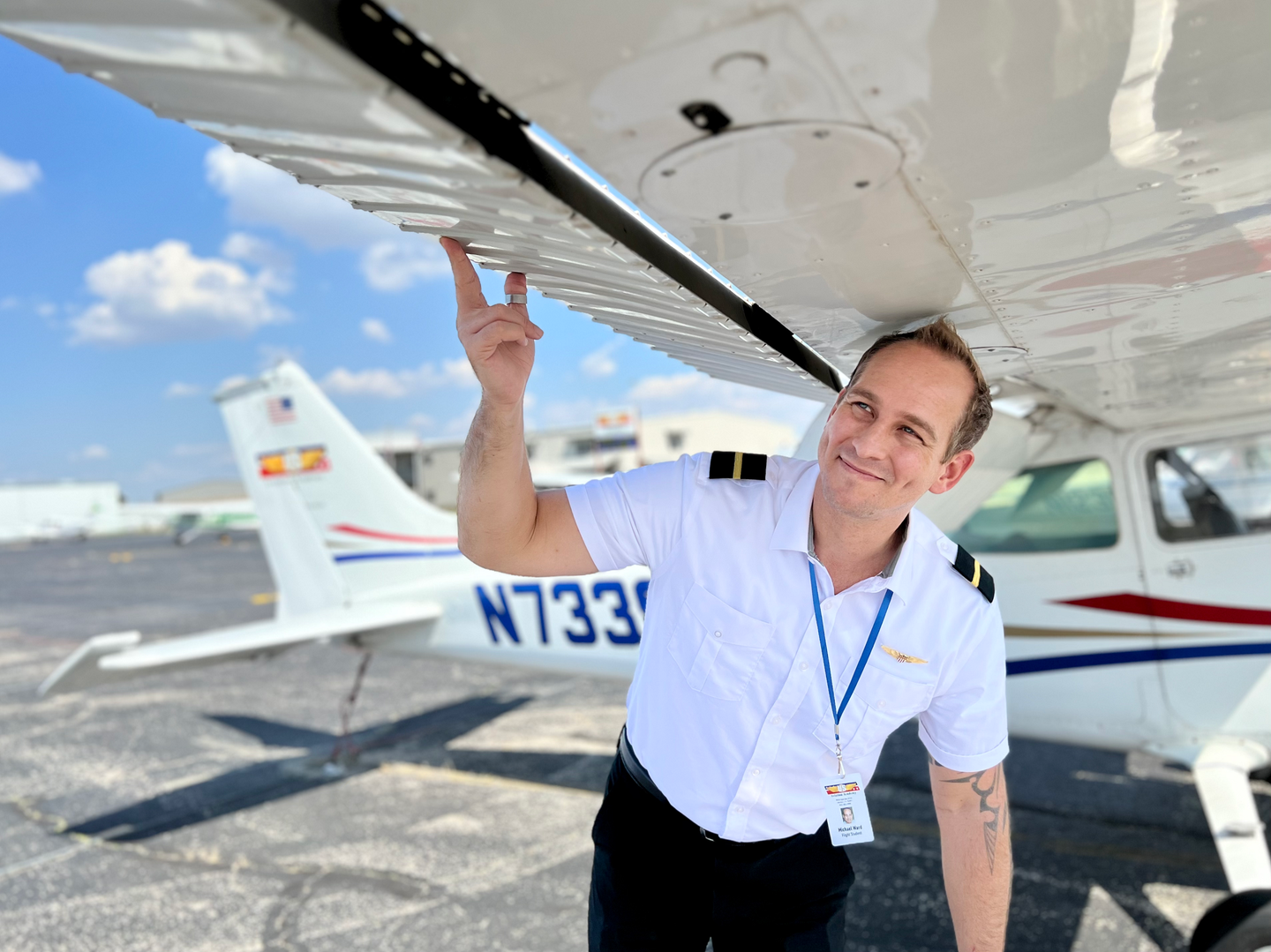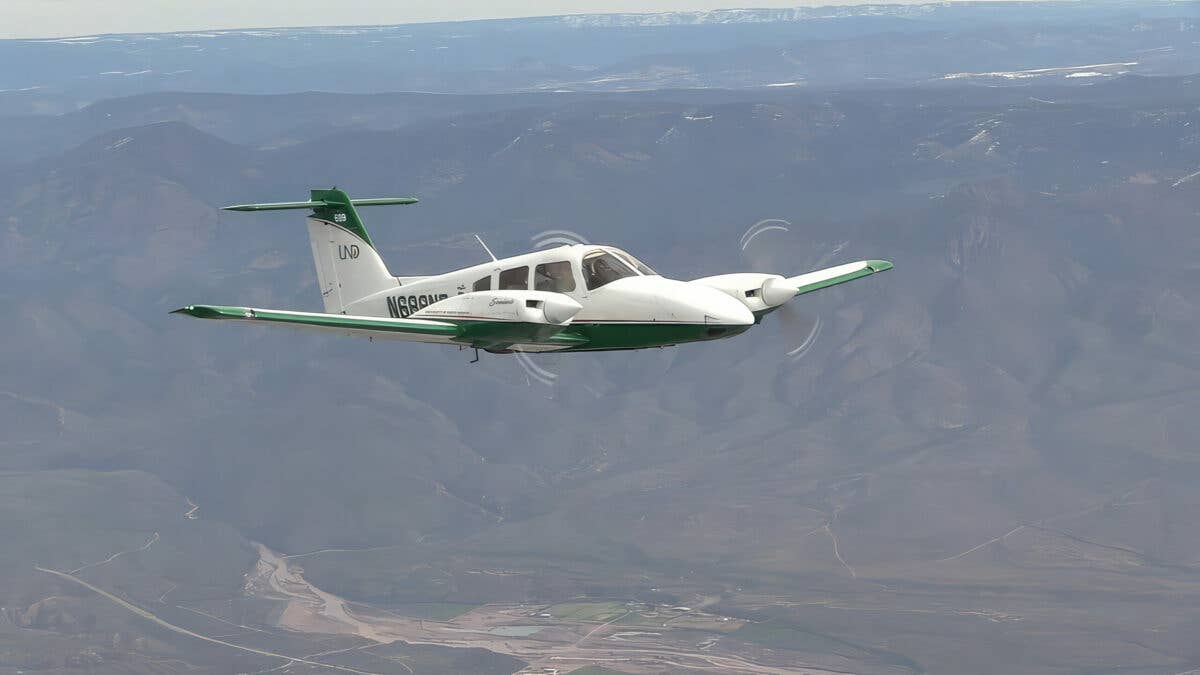Returning to Flight After a Heart Attack
Recovering from a heart attack can take time and needs to be well documented to assure the FAA that the significant risk to flight has passed. With that properly done, and with a full recovery, there is no reason you can’t return to flying either professionally or for fun.

Complications from a heart attack can include pain, shortness of breath, arrhythmia, or even cardiac arrest. [Bigstock]
Survival
The unofficial rule of threes when it comes to survival go like this:
You can survive:
- three minutes without oxygen.
- three hours without shelter in a harsh environment.
- three days without water.
- three weeks without food.
What does this have to do with heart attacks? One of the primary purposes of blood is to carry oxygen to the rest of the body. The heart is the pump that pushes the blood around. If you have a pump failure, you don’t have long to live. Very little on earth can incite the kind of fear you will feel if your body begins starving for oxygen.
If you look at the list of FAA disqualifying medical conditions, you’ll notice that six are specific to the heart with most of those involving a high possibility of a heart attack. This is not surprising given that the FAA is concerned with the potential loss of control of an aircraft. Having a heart attack in flight would be devastating to your ability to continue to fly, especially if it led to full cardiac arrest—which is when your heart completely stops beating.
What Is a Heart Attack?
In a heart attack, one or more of the blood vessels supplying oxygen to the heart muscle itself gets blocked. In essence, a heart attack is what you feel when heart muscle cells begin to die from lack of oxygen. Depending on how many cells are involved, where they are, and how long the issue persists, you can end up with any number of complications, such as pain, shortness of breath, arrhythmia, or even cardiac arrest.
The underlying cause of a heart attack is almost always coronary heart disease (CHD) resulting in a buildup of arterial plaque that mostly, or completely, prevents blood from flowing through a coronary artery. CHD goes by many names, such as coronary artery disease, heart disease, etc. As you might imagine, when it comes to medical certification, the FAA is concerned about all of them—and with good reason. Forefront in the minds of many an aerophobe is the vision of their pilot clutching his chest before slumping over the controls in the aftermath of a massive heart attack.
Hysteria aside, incapacitation or death due to heart attack, or myocardial infarction (MI), is a real concern. By some estimates, sudden cardiac death is responsible for 15 percent of all fatalities in the industrialized world [1] or about 450,000 annually in the United States [2]. Heart disease is a common problem among aging pilots, and few medical conditions pose a more direct or devastating threat to aviation safety.
If you have chest pain, shortness of breath, palpitations, or any other symptoms associated with your heart, stop reading, seek medical attention, and get your health problems under control. If you have already done that, or want to know what to do if it does ever happen to you, read on.
Disqualifying Condition
As previously stated, 14 CFR Part 67 specifically lists “coronary heart disease that has been treated or, if untreated, that has been symptomatic or clinically significant” as a disqualifying condition. As if afraid that one phrase was not broad enough, Part 67 also lists two common consequences of untreated CHD: angina pectoris, which we have written about before, and myocardial infarction. Still, wondering if this might apply to you? In its guide for medical examiners, the FAA goes on to include any history of atherectomy, brachytherapy, coronary bypass grafting (CABG), percutaneous transluminal coronary angioplasty (PTCA), rotablation, stent insertion, and minimally invasive procedures by incision or robot operations as de facto proof of CHD [3].
Even that list is not all-inclusive, but enough with the medical jargon. The point is, if you have a cardiac condition, chances are that the FAA wants to know about it. Even though a history of a heart attack is a disqualifying condition by law, the FAA has discretionary authority to grant special issuances to pilots with well-controlled medical conditions. The good news is that it is absolutely doable.
The bad news is that demonstrating you are medically safe to fly will take a lot of time, effort, and coordination with your doctors. According to the American Heart Association, the average person needs two to three months before they are ready to return to work, and people with more strenuous or demanding jobs may need even longer. This is born out in the way the FAA treats returning to fly after a heart attack as well. If you have recovered from a heart attack, and your underlying CHD has been well managed by your physicians, there is a good chance that you have already accomplished most of the documentation the FAA will require.
What Are the Requirements?
In order to earn an FAA medical certificate after a heart attack, you will need to do EVERYTHING on the following list:
- Have no current symptoms of CHD such as chest pain or shortness of breath during exercise
- Pass a Graded eXercise Test (GXT), according to FAA standards
- Submit all relevant medical records related to your CHD diagnosis and treatment
- Submit a current cardiovascular evaluation and current status report from your treating physician
- For first class or unrestricted second class certificates, an acceptable cardiac catheterization and GXT must be repeated three to six months after initial treatment
This is a simplified list. The timing and quality for each of these requirements are critical and may vary somewhat based on which complications you have experienced and what procedures your doctors used to treat them.
Most importantly, you need to make sure to follow your doctor’s advice regarding medication, diet, and exercise to avoid additional complications. If you are doing all that, getting your medical certificate will depend as much on a properly submitted application as it does on your recovery. We highly recommend choosing an AME familiar with complex certification procedures and willing to put in the time to do it properly. Depending on how it happens, a process that could take a few weeks can stretch into months or years. Given the gravity of the condition, the medical documentation has to be done right or it will cause significant delays. Helping pilots with difficult certification issues is our specialty. You can always contact us to find out more about the process and help with preparing your request to the FAA.
Many people live long, full and productive lives after a heart attack or developing CHD and receiving treatment for some of its more severe complications. Whether you fly as a hobby or for a living, there is no reason to end your time in the skies.
References:
[1] Z. J. Zheng, J. B. Croft, W. H. Giles, and G. A. Mensah, “Sudden cardiac death in the United States, 1989 to 1998,” Circulation, vol. 104, no. 18, pp. 2158–2163, Oct. 2001, doi: 10.1161/hc4301.098254.
[2] Centers for Disease Control and Prevention (CDC), “State-specific mortality from sudden cardiac death–the United States, 1999,” MMWR Morb Mortal Wkly Rep, vol. 51, no. 6, pp. 123–126, Feb. 2002.
[3]“Guide for Aviation Medical Examiners.” https://www.faa.gov/about/office_org/headquarters_offices/avs/offices/aam/ame/guide/dec_cons/disease_prot/coronary/ (accessed Mar. 13, 2022).

Subscribe to Our Newsletter
Get the latest FLYING stories delivered directly to your inbox

![[PILOT AND SNELLEN CHART PIC]](https://www.flyingmag.com/uploads/2022/11/2022-FlyingMag.com-Native-Advertising-Main-Image--scaled.jpeg?auto=webp&auto=webp&optimize=high&quality=70&width=1440)




